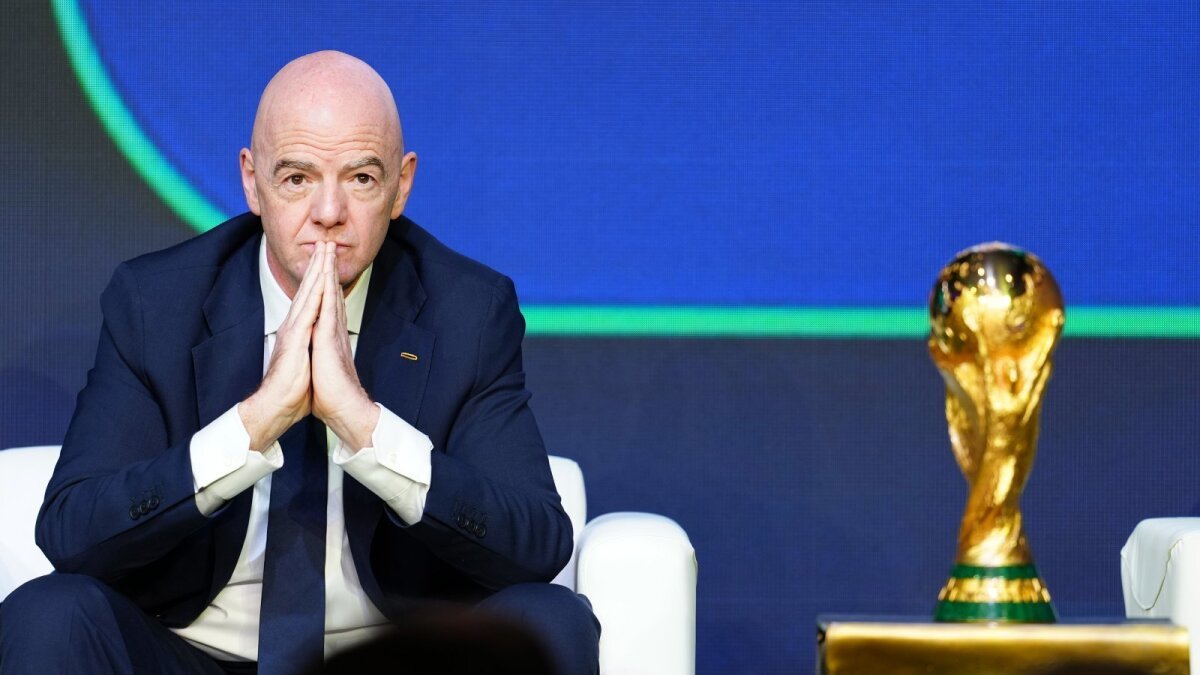Solar energy companies see looming rebound of business
Solar energy companies see looming rebound of business
Posted September. 16, 2013 06:06,
Korean solar energy companies that suffered a slump due to oversupply on top of the fiscal crisis in Europe, the industrys largest market, are gradually embracing signs of revival. Amid restructuring among the global solar cell industry, excess supply is easing while demand is gradually perking up. After prolonged hiatus, Korean solar energy companies are now regaining vitality by increasing plant operation ratios and advancing into new businesses.
Hanwha Q. Cells Malaysia, which Hanwha Group established in October last year by acquiring German solar energy company Q. Cells, has seen its plant operating ratio soar from 20-30 percent to 90 percent in recent months. Hanwha Q. Cells plant located in the Malaysian state of Selangor, some 33 kilometers southwest of Kuala the capital of Kuala Lumpur, had posted average quarterly sales of 60MW, when it was taken over by Hanwha. However, the plant had quarterly sales of 173 MW in the first quarter of this year, and is maintaining its sales at the 150 MW level in the third quarter.
Hanwha Q. Cells is increasing the production portion of modules that are more high value-added than simple cells. Modules are equipments that collect electricity from sunlight through interlinked cells. After acquisition, the companys cell/module production has changed from the 45:55 ratio to the 28:72 ratio. Hanwha Q. Cells plans to expand production lines of 200MW next year by investing 30 million U.S. dollars.
A string of achievements are also being made in the market. The company raked in 108MW in sales in Japan where buyers tend to prefer its own national brands, in the first half. The figure represents a significant jump from its combined annual sales of 11MW in the market last year.
We are concentrating on rooftop type solar energy markets of Europe and Japan, while taking steps to conduct new business in Thailand, Turkey and Chile, said Kim Hee-cheol, CEO of Hanwha Q. Cells. We will pass the breakeven point this year, and post profit next year without fail. Kim also said, As the solar energy business requires negotiations with various government authorities, we have difficulties due to absence of Hanwha Chairman Kim Seung-youn.
OCI, the worlds No. 3 in poly-silicon production, listed its U.S. subsidiary OCI Resource (OCIR) on the New York Stock Exchange on Friday. It has thus become the first Korean company to have its U.S. subsidiary listed on the New York bourse after acquiring a U.S. company.
OCI listed 5 million OCIR shares, and mobilized 95 million dollars. We will reinvest the fund that has been raised this time in the solar energy sector, a business that we are expanding in the U.S., President Lee Woo-hyeon of OCI told a press meeting with Korean correspondents in New York.
According to a report recently released by the Export-Import Bank of Korea, the global solar energy market will enter a second growth phase after 2014, and will continue growth through 2020. Competitiveness of solar energy is increasing as the economy of scale stemming from rising demand accelerates a drop in unit price. The solar energy industry is entering the commercialization phase after passing the initial phase, said Ahn Hyeon, a researcher at the state-run bank. Companies that have secured competitive edge after going through restructuring will see their market dominance expand in the coming years.



![[천광암 칼럼]장동혁은 계획이 다 있구나](https://dimg.donga.com/c/138/175/90/1/wps/NEWS/IMAGE/2025/12/14/132964515.1.jpg)
![‘친구’란 말에, 치매 아버지는 고향땅 800평을 팔았다[히어로콘텐츠/헌트①-上]](https://dimg.donga.com/c/138/175/90/1/wps/NEWS/IMAGE/2025/12/14/132961909.1.jpg)

![‘딸’ 같은 이웃에게 치매 부부는 상가를 넘겼다[히어로콘텐츠/헌트①-下]](https://dimg.donga.com/c/138/175/90/1/wps/NEWS/IMAGE/2025/12/14/132963612.1.jpg)
